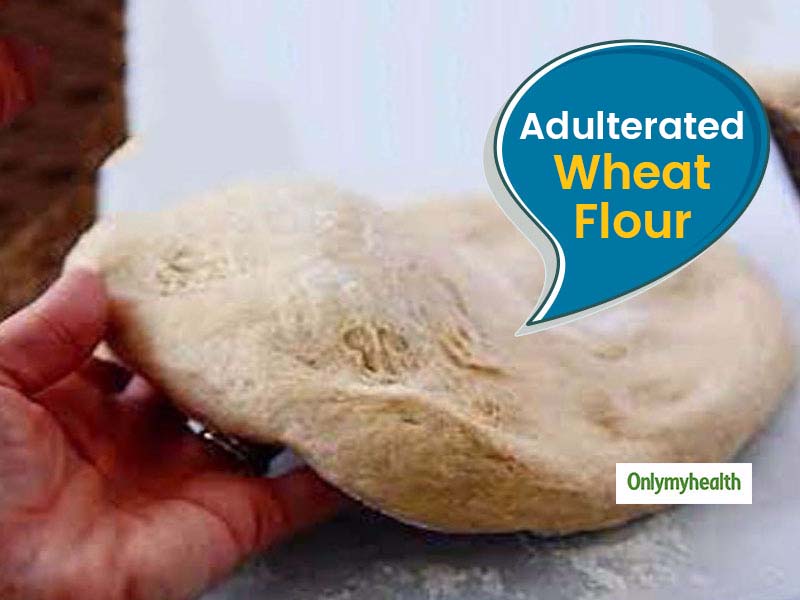
During the times and crisis of coronavirus, it is natural for people to have doubts about adulteration for goods sold in the market. And also, TV channels and many websites often show such news, in which it is advisable not to buy products from the market. Do you know that not only the sweets (sold on festivals) but the flour and bread in your kitchen can also be contaminated? Are you still in a dilemma, whether the dough can be blended or not? Then yes, you are thinking precisely right. These days contaminated flour is also being sold in the market, which is very dangerous for your health. If you are wondering whether the flour kept in your house is contaminated and want to check it, then we are going to tell you three ways that can help you in this.
Table of Content:-
What do you think will be the next step? Do you need to buy a big machine to identify adulterated flour? Do not panic, for this, all you need is the stuff in your kitchen. It often happens that the wheat flour is mixed with boric powder, chalk powder and sometimes even maida. But you can identify it in these three ways that the flour kept in your house is not contaminated.
Identify the flour placed in your kitchen in this way
Also Read: 10 Types Of Headaches That Everyone Should Know About

A glass of water
The most effective method for identifying adulterated flour is a glass of water. Yes, through a glass of water, you can find out whether the flour in your house is contaminated or not. For this, you have first to take a glass of water and add half a spoonful of flour to it. If you see something floating in the water, then understand that the flour has been contaminated. Through this method, you can find out that there is less bran in your wheat flour, and it is contaminated.
Also Read: Is Weekend Headache A Real Thing? Know Why You May Get It

Lemon juice
You heard precisely the lemon juice! For this, you have to take a spoonful of flour and squeeze the lemon into it, that is, add a few drops. If drops of lemon juice start forming bubbles in the dough, then make sure that the batter is blended. These bubbles are formed when the clay soil is added to the flour. Calcium clay is present in the alabaster soil which causes the bubbles to formed (i.e. due to contact with lemon juice). In this way, you can identify the contamination of flour kept in your house very quickly.
Hydrochloric acid is also beneficial
Apart from these two methods, there is another simple method through which adulteration of flour can be identified. Apart from these two methods, you take a test tube and pour a little flour into it. After adding the flour, add hydrochloric acid. After adding muriatic acid, if there is some filtering material in the tube, then the flour has been contaminated. You will find hydrochloric acid easily at any medical store. Do you know that this test can be quickly done by your son or daughter in their school's chemistry lab?
Read More in Home Remedies
How we keep this article up to date:
We work with experts and keep a close eye on the latest in health and wellness. Whenever there is a new research or helpful information, we update our articles with accurate and useful advice.
Current Version